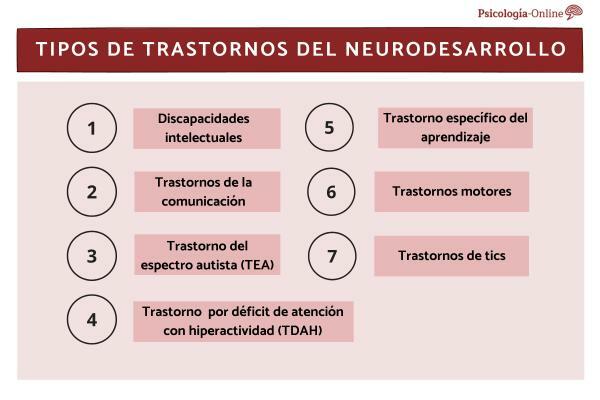
Human beings are characterized by being a complex species and with numerous ways of relating to each other. We have developed a complex communication system which is based on expressing our thoughts and emotions through a set of signs, sounds and gestures. Language is part of our life and is an essential element in order to survive and coexist in society.
Whenever we talk about communication we immediately think of written or spoken words, however, language can also be based on gestures and non-verbal elements. In this Psychology-Online article, we will talk about the types of non-verbal communication: definition and examples.
Non-verbal communication is defined as a process where we transmit information to another person without using any kind of word, neither spoken nor written. This mode of communication encompasses a large number of gestures, postures, sounds and behaviors that provide us with all kinds of messages.
The non-verbal code
We use gestures in our day to day to point out anything. We express endless emotions with our faces, we strive to maintain a physical appearance to give a message to the world... In short, non-verbal communication is much more present than we think. The non-verbal signs are
- For example: if we are in a situation that we perceive as dangerous, we can communicate to others that we are not we are afraid, however, it is possible that our body expresses the opposite through tremors, sweat and tension muscular.
The non-verbal code also serves as support for verbal communication. In fact, great speakers like politicians or artists continually use non-verbal communication to validate their spoken discourse.

If we define non-verbal communication as one in which gestures and facial expressions predominate, we understand that verbal communication will be just the opposite. The spoken and written language in which we use words it is defined as verbal communication. Although the objective is the same (to transmit some type of information) the essence of each communicative style lies in the tools we use to express ourselves.
One of the great differences between verbal and non-verbal communication lies in the ability we have to control each of them. We could say that verbal language is the easiest to control. Thanks to language acquisition and cognitive development, we know what each word means in our language and what combination of letters we should use to give a specific message. However, in body language and expressions are unconscious in nature and older than verbal communication, as we discussed earlier, the body does not lie.
In summary, we could say that words and our ability to control the message define the difference between verbal and non-verbal communication.

We may still have some questions about how non-verbal language works. Therefore, we are going to define the main types of non-verbal communication and we will illustrate them with examples:
Gestures
The movements of the extremities, the hands or a simple movement of the head are part of this type of communication. They usually accompany language, however, we can also use them independently to point to objects, make hand gestures, number elements ...
Facial expressions
Facial expressions they are one of the most studied elements of non-verbal communication. The human being is programmed from birth to identify faces and their emotional manifestations. For that very reason, it is so important to understand the fact that when someone makes a certain grimace, they are expressing pain. Or that if a friend smiles, it means that he is experiencing a pleasant moment.
Body position
The body posture It can indicate the attitude that a person exhibits towards the conversation or social interaction that he is experiencing. For example, an individual with a bloated torso and slightly leaning forward may be attempting to display a defiant attitude in conversation.
Physical appearance
We all take care, even a little, of our physical appearance before going out on the street. It is part of the social importance that we give to the external appearance and the message that we want to give the world with it. Dressing according to a specific code increases our sense of belonging to a group (for example, in adolescent urban cultures) or is a cover letter to a particular set of people (such as the dress code in a job interview).
The paralanguage or sounds
When we speak of paralanguage, we mean the content of speech that is not part of verbal language. The tone voice, the velocity of speech and volume also very important elements in verbal communication. We can give the same message using two different tones and the same message will change radically.
Haptic and Proxemic
These two terms refer to the proximity of the interlocutor (proxemia) and to physical contact (haptic). The more trust we have with a person or the more tranquility we want to convey, the more proximity and contact with that person we will increase. Non-verbal language can be very revealing and can help us a lot to facilitate our personal relationships if we analyze each element well.
This article is merely informative, in Psychology-Online we do not have the power to make a diagnosis or recommend a treatment. We invite you to go to a psychologist to treat your particular case.


